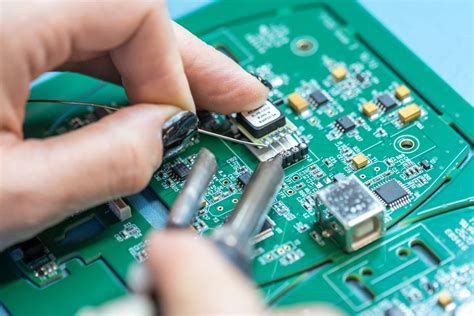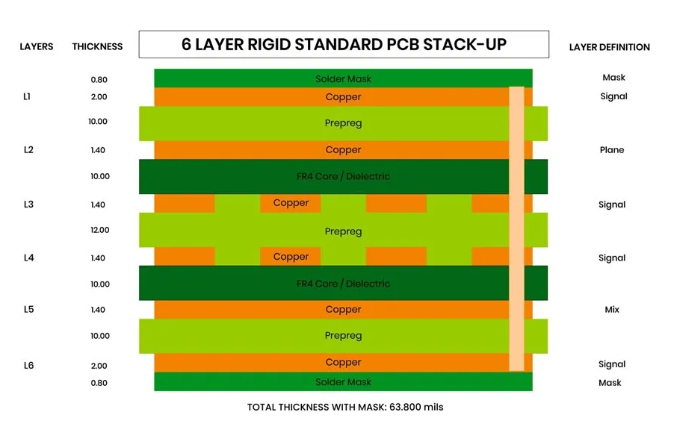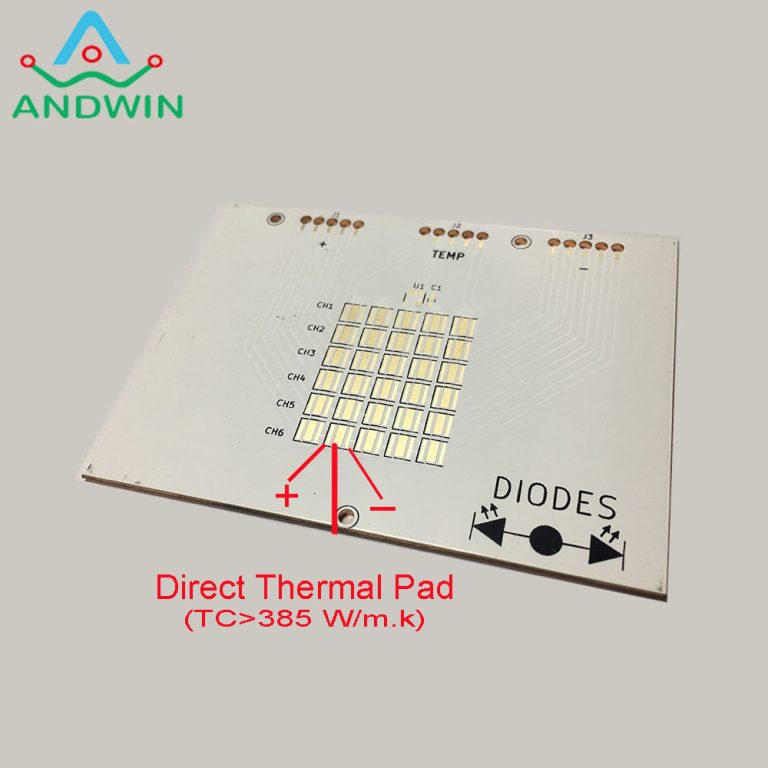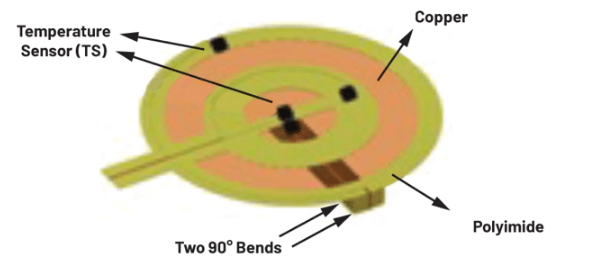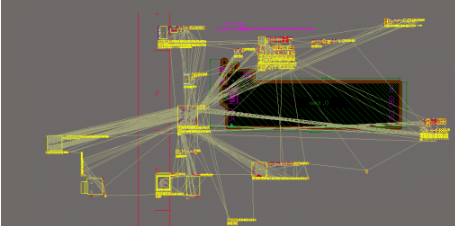Efficient Strategies for PCB Assembly Creation and Design
Key Takeaways
In the realm of pcb assembly, understanding the basics is crucial for anyone involved in electronics manufacturing. It is essential to familiarize oneself with the fundamental concepts of printed circuit board assembly (PCBA) to avoid common pitfalls and ensure a smooth production process. Implementing best practices can significantly improve the efficiency and effectiveness of pcb assembly operations. For instance, optimizing design files before they reach the assembly line allows for fewer errors and maximizes yield rates.
Utilizing innovative techniques in manufacturing, such as automated optical inspection systems, can lead to significant enhancements in both quality and productivity. Furthermore, leveraging essential tools, including 3D modeling software and advanced pick-and-place machines, can streamline workflows and reduce production timelines.
To improve productivity in electronics manufacturing, it’s important to adopt a systematic approach that incorporates regular training for personnel on the latest methods and technologies. Lastly, establishing rigorous quality control measures throughout the entire pcb creation process helps mitigate risks associated with defects, ensuring that the final products meet strict industry standards. Embracing these key takeaways sets a strong foundation for achieving success in PCB design and assembly while navigating common challenges effectively.
Understanding the Basics of PCB Assembly
PCB assembly is a critical process in the electronics manufacturing industry, transforming design concepts into functional electronic devices. At its core, printed circuit board assembly (PCBA) involves placing electronic components onto the surface of a PCB and establishing electrical connections between them. The process begins with designing a well-thought-out PCB layout, where considerations such as component placement, signal integrity, and power distribution are of utmost importance. Ensuring optimal circuit paths can minimize interference and enhance overall performance.
In addition to design, the assembly phase requires precise techniques, including soldering, which can be accomplished through various methods such as wave soldering or reflow soldering depending on the PCB configuration. Moreover, choosing high-quality materials is essential to achieving durability and reliability in the final product. During assembly, attention to detail is crucial; even minor mistakes can lead to costly defects or inefficient operations in electronics manufacturing.
Furthermore, a solid understanding of tools used in the PCB assembly process—such as stencils for solder paste application and automated pick-and-place machines—can significantly improve efficiency. These tools facilitate consistent quality control across larger production runs while reducing manual labor costs. With ongoing advancements in technology, companies continually explore innovative techniques to enhance PCBA processes. Keeping abreast of these developments allows manufacturers to maintain competitive advantages while ensuring that their products meet stringent quality standards.
In summary, mastering the basics of PCB assembly not only covers the technical aspects but also emphasizes the importance of strategic planning throughout the design and manufacturing phases. An integrated approach that considers technical guidelines alongside innovative solutions fosters improvements in productivity and product reliability within an ever-evolving landscape.
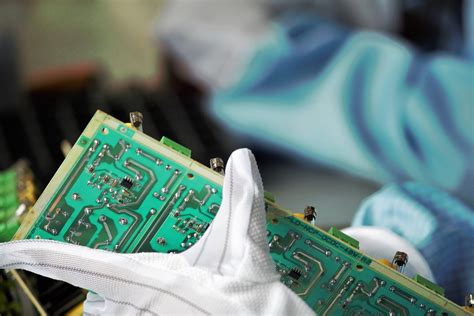
Best Practices for PCB Design Optimization
Optimizing PCB design is crucial for achieving effective and efficient pcb assembly. The foundation of a successful design starts with a thorough understanding of the requirements and specifications of the final product. Utilizing layer count, for instance, can minimize costs and complexity while maximizing functionality. A well-organized layout also aids in reducing signal interference, which is paramount for high-quality results in electronics manufacturing. Furthermore, choosing appropriate components that allow for compatibility within the pcba process can streamline production timelines and minimize errors.
Incorporating design rule checks (DRCs) early in the development stage enhances reliability, ensuring all elements adhere to schematic requirements before moving to assembly. Additionally, proper thermal management solutions integrated into the design can extend the longevity of the PCB while maintaining performance under varying conditions. It’s also advisable to engage in simultaneous design and testing phases to identify potential flaws early on.
A crucial aspect of optimizing pcb assembly lies in effective communication between engineering teams. This collaboration ensures that both design and manufacturing teams are aligned on expectations and requirements, which mitigates misunderstandings that could lead to delays or increased costs. By employing these practices, manufacturers can significantly improve their workflow efficiency and achieve high-quality outcomes in all aspects of PCB assembly and production.
Innovative Techniques in PCB Manufacturing
The landscape of PCB assembly is constantly evolving, driven by the need for more efficient and effective methodologies. Among the most innovative techniques employed in PCB manufacturing, the use of advanced materials stands out, including flexible substrates that accommodate a wider range of applications. Moreover, implementing surface mount technology (SMT) allows for a denser arrangement of components, ultimately resulting in smaller and more powerful devices.
Another remarkable technique is the integration of automation through robotics in the PCBA process. This not only speeds up production but also enhances precision, reducing errors that may occur with manual handling. The employment of computer-aided design (CAD) tools is also crucial; these tools facilitate rapid prototyping and iterative design changes that are essential to maintaining competitiveness.
To emphasize the impact of these innovative techniques, consider the following table outlining their benefits:
| Technique | Benefits |
|---|---|
| Advanced Materials | Flexible designs for diverse applications |
| Surface Mount Technology (SMT) | Denser component placement for compact devices |
| Automation Through Robotics | Increased speed and precision |
| Computer-Aided Design (CAD) | Rapid prototyping and design flexibility |
Incorporating these advancements into the PCB assembly process not only maximizes productivity but also enhances quality control. By leveraging such innovative practices, manufacturers can achieve stellar results while simultaneously addressing the demands of a fast-paced electronics market. As we continue to explore these avenues, it becomes clear that embracing these changes is key to staying relevant in an ever-competitive industry.

Essential Tools for Efficient PCB Assembly
To achieve efficient PCB assembly (or PCBA), the choice of tools plays a crucial role in streamlining the process. A well-equipped workstation tailored for pcb assembly can significantly enhance productivity and output quality. Key tools include high-precision soldering irons, which allow for meticulous placement of components, thus minimizing errors during assembly. Additionally, automated pick-and-place machines are invaluable; they facilitate the rapid and accurate placement of components on the circuit board, reducing both time and labor costs. Furthermore, utilizing stencil printers can ensure consistent application of solder paste, crucial for creating reliable connections that underpin effective pcb assembly operations. Other vital instruments include inspection tools such as digital microscopes and automated optical inspection (AOI) systems, which are essential for maintaining high standards of quality control in prodigious practices. By integrating these essential tools into the workflow, manufacturers can not only improve efficiency but also deliver superior quality results, making them indispensable for any successful PCB assembly endeavor.
Improving Productivity in Electronics Manufacturing
Enhancing productivity in PCB assembly requires a combination of strategic planning, effective workflow management, and the application of advanced techniques. One primary approach is streamlining production processes to reduce cycle times and minimize waste. Implementing Lean principles can significantly aid in identifying inefficiencies and optimizing operations. For instance, just-in-time (JIT) inventory management helps ensure that necessary components are available precisely when needed, reducing delays associated with stockouts or excess inventory.
Additionally, adopting automated solutions plays a vital role in elevating productivity levels in pcba processes. Utilizing cutting-edge automated assembly equipment not only accelerates production but also enhances accuracy, thus decreasing the likelihood of human error. When paired with effective software systems that manage design files and track production progress, manufacturers can achieve a smoother workflow and better coordination among different teams.
“Investing in employee training is crucial; well-trained staff are integral to operational efficiency.”
This underscores the importance of continual learning within teams focused on PCB assembly. With proper training and access to the right tools, employees can adapt to innovative technologies more easily and maintain high standards of quality.
Moreover, fostering a culture that encourages collaboration among engineering, designing, and manufacturing teams can lead to improved communication and faster problem-solving. Establishing regular feedback loops aids in recognizing potential bottlenecks early on, ensuring that issues are addressed proactively rather than reactively.
In summary, improving productivity in electronics manufacturing hinges on efficient process management, automation integration, continuous training for staff, and fostering collaboration among various departments involved in the pcba lifecycle. By adopting these strategies effectively, manufacturers can enhance their output while maintaining superior quality standards.
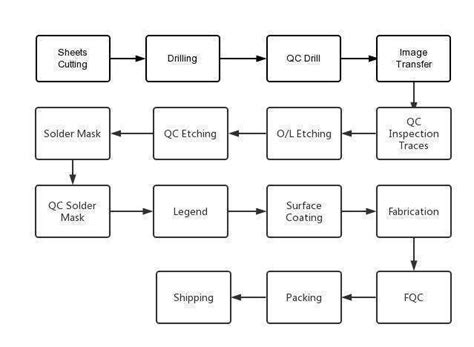
Quality Control Measures in PCB Creation
Effective quality control measures are crucial in the pcb assembly process to ensure that every Printed Circuit Board Assembly (PCBA) meets the required standards of functionality and reliability. Implementing a robust quality control system involves several stages, starting from the initial design phase through to final production. It is essential to adopt automated inspection techniques, such as Optical Inspection and X-ray inspection, which can swiftly detect solder defects, misalignments, and other potential flaws in the assembly. Furthermore, incorporating design for manufacturing (DFM) guidelines can significantly reduce errors by streamlining the fabrication of pcba components. Regular audits and reviews of suppliers are also vital for assessing the quality of materials arriving at the assembly line. By establishing detailed documentation and checklists during each step, manufacturers can enhance traceability and accountability within their workflow. In addition, ongoing training programs for staff can ensure that team members are updated on the latest tools and techniques that promote quality assurance. Together, these strategies foster a culture of excellence in pcb assembly that supports the development of high-quality electronic products.
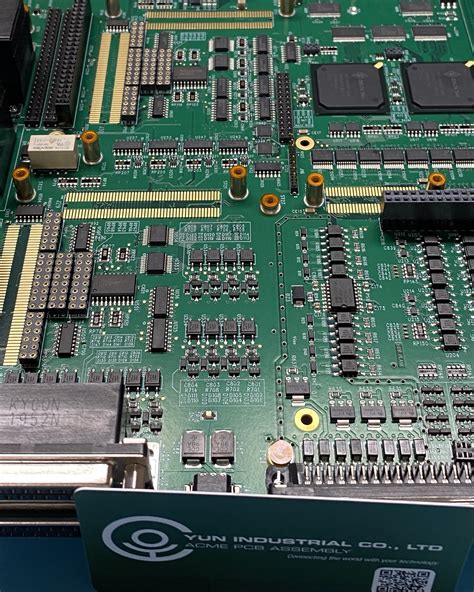
Common Challenges in PCB Assembly and Their Solutions
In the realm of PCB assembly (PCBA), various challenges often arise that can hinder the production process and compromise the integrity of electronic devices. One common issue is misalignment during the assembly process, which can lead to erroneous connections and functionality problems. To mitigate this, employing advanced alignment techniques and utilizing precision equipment are crucial. Another challenge is the selection of inappropriate materials, which can result in poor conductivity or durability issues. Conducting thorough research and adhering to established material specifications can ensure the longevity of the final product. Additionally, soldering defects, such as excess solder or cold joints, are frequent problems that need addressing. Implementing automated soldering processes can enhance consistency and reduce human error. Moreover, testing protocols must be rigorous throughout the pcb assembly process to catch defects early on. Regular training for personnel involved in production also plays a significant role in maintaining quality standards by keeping them updated on best practices and innovative techniques. By understanding these common challenges associated with PCBA, manufacturers can adopt effective strategies to enhance their overall productivity while ensuring high-quality results in electronics manufacturing.
Future Trends in PCB Design and Assembly Techniques
As the field of PCB assembly continues to evolve, several emerging trends are set to reshape the landscape of PCBA and its associated processes. One significant trend is the adoption of flexible PCBs, which allow for more adaptable designs, catering to compact spaces without compromising functionality. This flexibility is bolstered by advancements in materials technology, enabling engineers to create lightweight and highly durable assemblies that can withstand rigorous conditions. Additionally, smart PCB designs integrated with IoT capabilities are becoming increasingly popular, leading to intelligent monitoring and enhanced functionality within electronics. Another noteworthy trend is the rise of automation in PCB assembly processes, where robotics and AI-driven systems improve production efficiency and precision while minimizing human error. Furthermore, sustainable practices in PCBA manufacturing are gaining traction, prompting companies to focus on eco-friendly materials and waste reduction strategies. These innovations not only enhance productivity but also ensure that electronic components remain reliable and high-quality in a rapidly advancing market. As these trends gain momentum, they will undoubtedly influence the future of PCB assembly design and contribute to broader advancements across various industries.
Conclusion
In summary, efficient pcb assembly plays a critical role in the overall success of electronics manufacturing. By understanding and implementing best practices, manufacturers can optimize their pcba processes, ensuring not only high-quality output but also increased productivity. The adoption of innovative techniques, such as automated assembly and advanced testing methods, has proven to enhance the reliability of pcb assembly efforts. Furthermore, utilizing essential tools that streamline the creation and design phases is vital for achieving consistent results. By focusing on quality control measures throughout the production cycle, companies can identify and address common challenges effectively. Overall, staying ahead of future trends in pcb design will empower manufacturers to maintain their competitive edge in this rapidly evolving industry. Emphasizing these elements will cultivate a more proficient approach to pcba, benefiting both manufacturers and end-users alike.
FAQs
What is PCB assembly?
PCB assembly refers to the process of combining various electronic components onto a printed circuit board (PCB) to create a functional electronic circuit. This involves soldering the components to the board and ensuring all connections are made correctly for the assembly to operate as intended.
What are the common methods used in PCBA?
The most common methods used in PCBA include Surface Mount Technology (SMT) and Through-Hole Technology (THT). SMT allows components to be mounted directly onto the surface of a PCB, while THT involves inserting leads through holes drilled in the PCB.
What tools are essential for PCB assembly creation?
Essential tools for effective PCB assembly creation include soldering stations, pick-and-place machines, reflow ovens, and inspection equipment. These tools enhance productivity and ensure that high-quality standards are met during the manufacturing process.
How can I improve productivity in my electronics manufacturing process?
To improve productivity in your electronics manufacturing process, consider implementing automated systems for pcb assembly, optimizing workflow layouts, adopting efficient inventory management practices, and investing in training for workers on best practices related to PCBA.
What quality control measures should be taken during PCB creation?
Quality control measures during PCB creation entail thorough inspections at various stages of the assembly process, including visual inspections, functional testing of assembled products, and adhering to industry standards to ensure reliability and performance.
To explore more about efficient strategies for pcb assembly, please click here: Efficient PCB Assembly Solutions.

